Apt Interio is at the forefront of designing modern living rooms that blend multifunctionality, style, comfort, and sustainability. Our approach emphasizes open layouts for flexible use, incorporating eco-friendly materials like wood and recycled fabrics to create inviting, plush spaces. Apt Interio’s commitment to well-being is evident through biophilic elements such as indoor plants and natural light. We focus on modular furniture, textured walls, and state-of-the-art home entertainment systems to craft versatile, welcoming environments perfect for relaxation and socializing.
Living rooms have transformed from traditional spaces for formal gatherings to multifunctional hubs for relaxation, entertainment, and work. The latest trends and practices in designing living spaces focus on creating stylish, flexible, and comfortable environments tailored to modern lifestyles. Here’s a comprehensive look at the key trends shaping living room design.
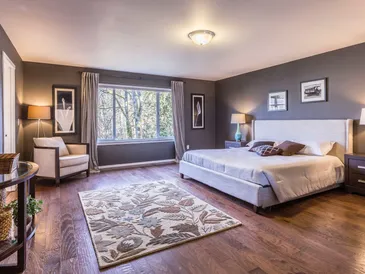
Open-plan living remains highly popular, creating seamless transitions between living, dining, and kitchen areas. However, designers increasingly use zoning to define distinct areas within these spaces. Techniques include:
Zoning enhances flow and maximizes functionality while maintaining an open feel.
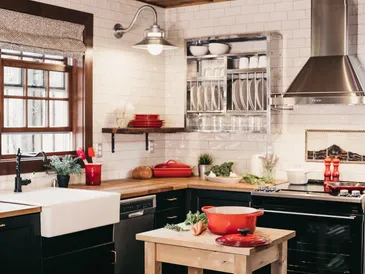
With remote work on the rise, living rooms are doubling as home offices and workout areas. Multifunctional design practices include:
Designing for flexibility ensures the space remains practical for multiple activities.
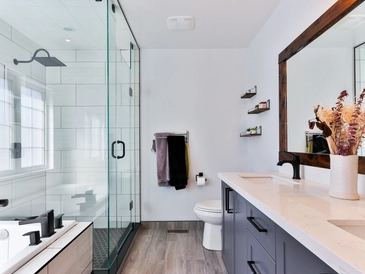
Plush, Inviting Furniture: Sofas and armchairs with deep cushions, curved shapes, and cozy textiles make comfort a top priority.
Layered Textures: Throw pillows, blankets, area rugs, and drapery create a warm, inviting ambiance that makes the room feel like a cozy retreat.
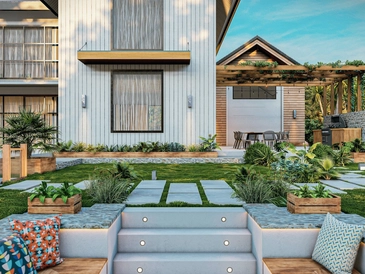
Sustainability and a connection to nature continue to influence living room design. This trend is reflected through:
These elements create calming, grounded spaces that promote well-being.
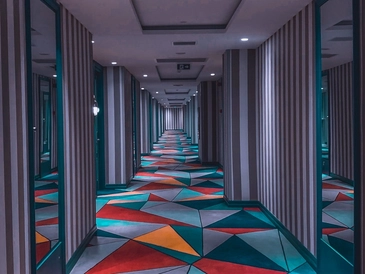
Comfort is a top priority, driving a shift towards soft, organic shapes and cozy furniture. This includes:
Comfort-driven spaces invite relaxation and enhance the sense of well-being.

Integrating technology into living room design enhances convenience and modernizes the space. Key smart features include:
Smart technology offers personalized, efficient control over the living environment.
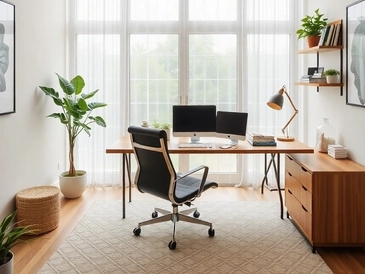
Layering different textures is a powerful way to add depth and character. This trend involves:
Textural layering creates visual appeal and a sense of comfort.

Sustainability extends to decor, with an emphasis on upcycling, recycling, and reusing materials. This includes:
This approach reduces waste while adding a unique, meaningful touch to the space.
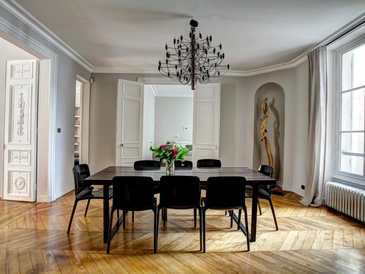
Walls are becoming focal points through bold paint colors, textured finishes, or large-scale artwork. Consider:
Statement walls add drama and infuse the room with personality.

Bringing the outdoors in remains a strong design influence, especially in homes with access to outdoor spaces. This trend features:
This approach blurs the boundaries between indoor and outdoor living, creating airy and refreshing spaces.
Tips for Designing a Modern Living Room
Today’s living rooms reflect diverse lifestyles, emphasizing flexibility, comfort, sustainability, and style. Whether embracing bold maximalism, soft curves, or smart technology, these spaces are designed to be as practical as they are beautiful, meeting the evolving needs of modern living.
Lorem ipsum dolor sit amet, consectetur adipiscing elit. Ut elit tellus, luctus nec ullamcorper mattis, pulvinar dapibus leo.